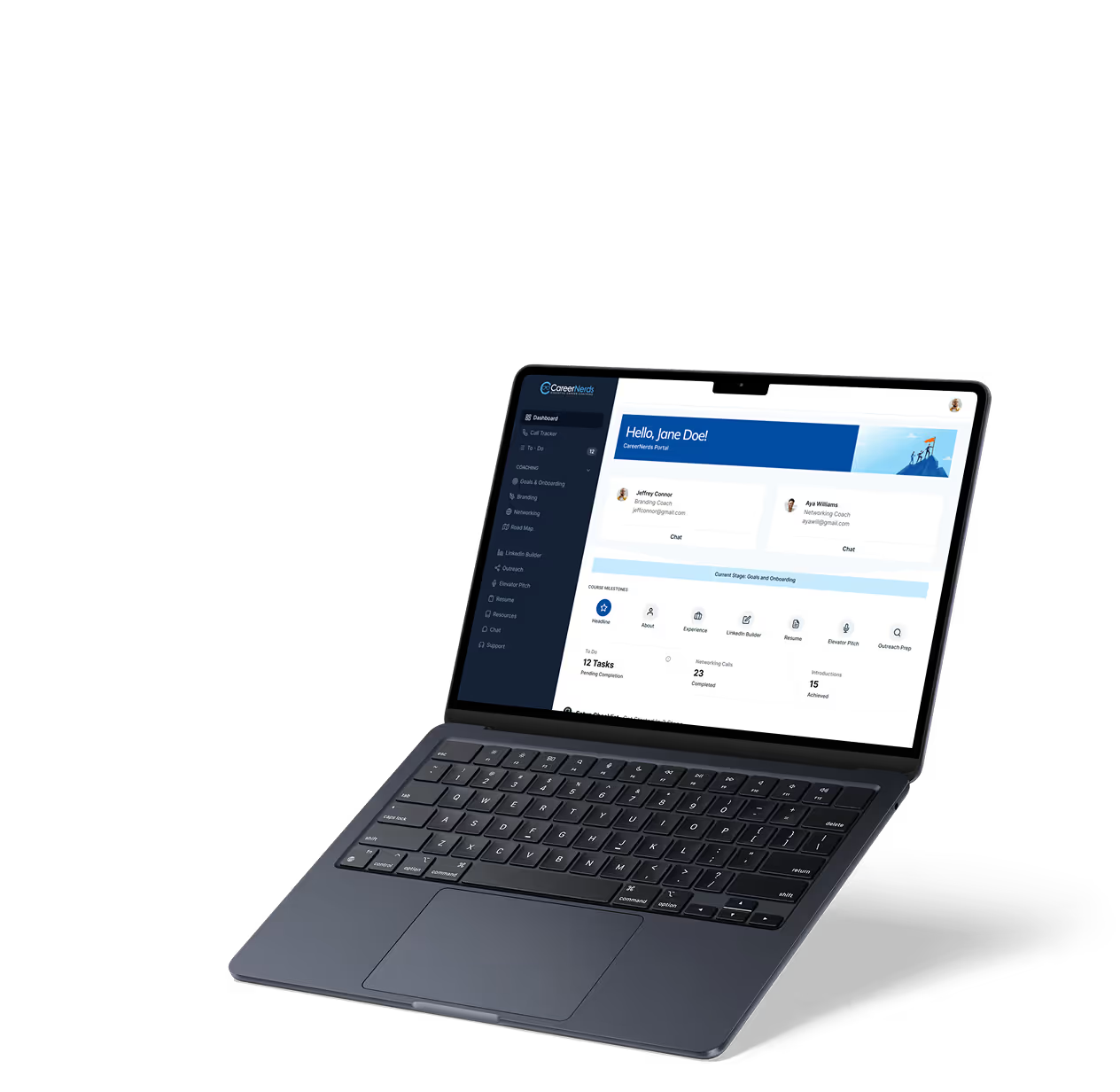Prioritization in Product Management
Product Management
Learn effective prioritization techniques in product management to build better products and meet customer needs efficiently.
Introduction to Prioritization in Product Management
When you manage a product, you face many choices every day. Prioritization helps you decide what to focus on first. It ensures your team works on the most important tasks that bring value to customers and the business.
In this article, you will learn why prioritization matters, common methods used, and how to apply them effectively. This will help you build better products and deliver results faster.
Why Prioritization Matters in Product Management
Product managers often juggle many ideas, features, and fixes. Without prioritization, teams can waste time on less important work. Prioritization helps you:
- Focus on tasks that deliver the highest value.
- Manage limited resources like time and budget wisely.
- Align your team and stakeholders on what matters most.
- Reduce risks by addressing critical issues early.
For example, a product manager using prioritization can decide to fix a major bug before adding a new feature. This keeps customers happy and avoids bigger problems later.
Common Prioritization Techniques
There are several popular methods to prioritize work in product management. Each has its strengths and fits different situations.
- Moscow Method: Classifies tasks as Must have, Should have, Could have, and Won't have. It helps quickly separate essentials from nice-to-haves.
- RICE Scoring: Rates tasks based on Reach, Impact, Confidence, and Effort. It provides a numerical score to compare priorities objectively.
- Kano Model: Focuses on customer satisfaction by categorizing features as basic needs, performance needs, or delights.
- Value vs. Effort Matrix: Plots tasks on a grid to find quick wins and avoid low-value, high-effort work.
Tools like Airtable or Trello can help you apply these methods visually and collaboratively.
How to Apply Prioritization Effectively
To prioritize well, follow these steps:
- Gather inputs: Collect ideas from customers, sales, support, and your team.
- Define criteria: Decide what matters most, such as customer value, revenue potential, or technical risk.
- Score and rank: Use a method like RICE to score each item.
- Review with stakeholders: Discuss priorities with your team and leaders to get alignment.
- Adjust regularly: Priorities change as you learn more. Update your list often.
For example, a product manager at a startup might prioritize features that attract new users first, then focus on retention improvements later.
Examples from No-Code and Low-Code Ecosystems
No-code and low-code platforms like Bubble, Glide, and FlutterFlow help product teams build quickly. Prioritization is key to using these tools well.
- Bubble: Prioritize building core workflows before adding advanced integrations to launch faster.
- Glide: Focus on user interface and experience first, then add automation with tools like Zapier.
- FlutterFlow: Start with essential app screens and navigation before customizing design details.
Using prioritization, teams can avoid feature overload and deliver usable products faster with these platforms.
Common Challenges and How to Overcome Them
Prioritization is not always easy. You may face challenges like:
- Conflicting stakeholder opinions: Use data and clear criteria to guide decisions.
- Changing market needs: Stay flexible and update priorities regularly.
- Limited resources: Focus on high-impact tasks and say no to less important work.
Tools like Make or Zapier can automate data collection to support prioritization decisions. Regular communication keeps everyone aligned.
Conclusion
Prioritization in product management is essential to build the right product at the right time. It helps you focus on what matters most and use resources wisely.
By learning and applying prioritization techniques like RICE or the Moscow method, you can improve your product’s success. Remember to involve your team, stay flexible, and keep customer value at the center of your decisions.
FAQs
Why is prioritization important in product management?
What are common prioritization methods used by product managers?
How can no-code tools support prioritization in product management?
How often should product priorities be reviewed?
What challenges do product managers face when prioritizing?
Can automation tools help with product prioritization?
Related Terms
See our numbers
315+
entrepreneurs and businesses trust LowCode Agency
Investing in custom business software pays off
he team at LowCode Agency didn't just build an app, they transformed how we approach client management. They took the time to understand our methodology and created a solution that enhanced rather than replaced what made us successful.
75%
reduction in time spent on client management through automation
40%
increase in coach productivity within the first month

Tom Kent
,
Founder & CEO
Career Nerds



%20(Custom).avif)